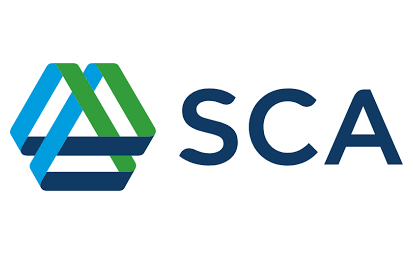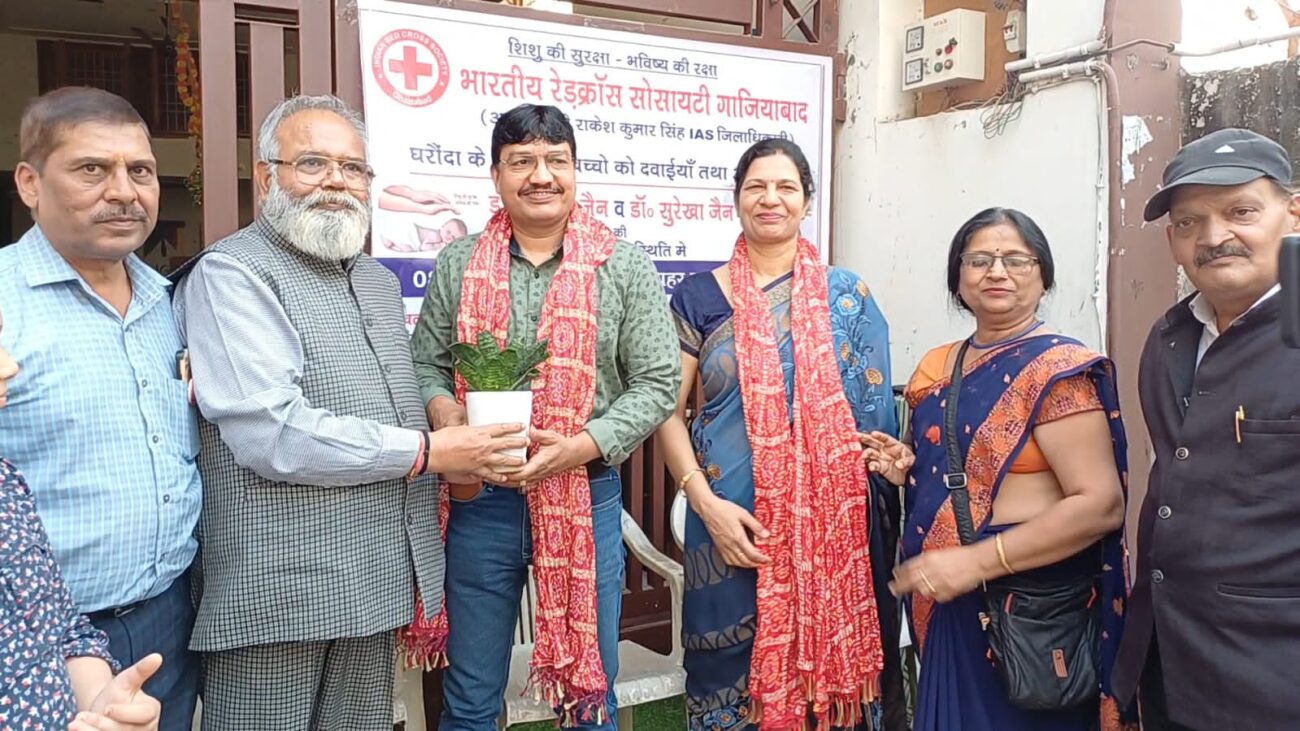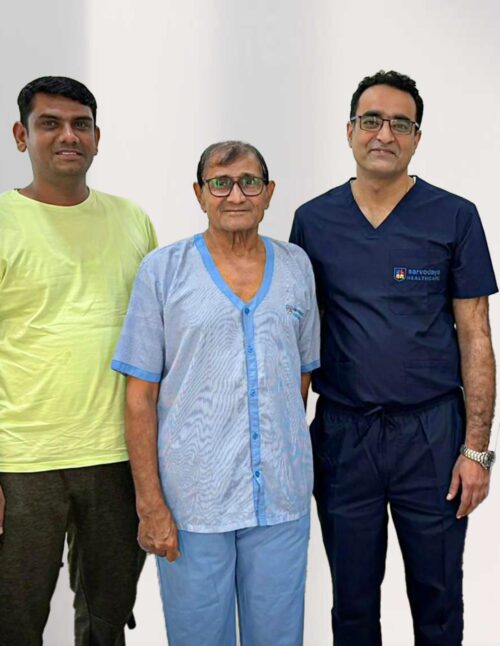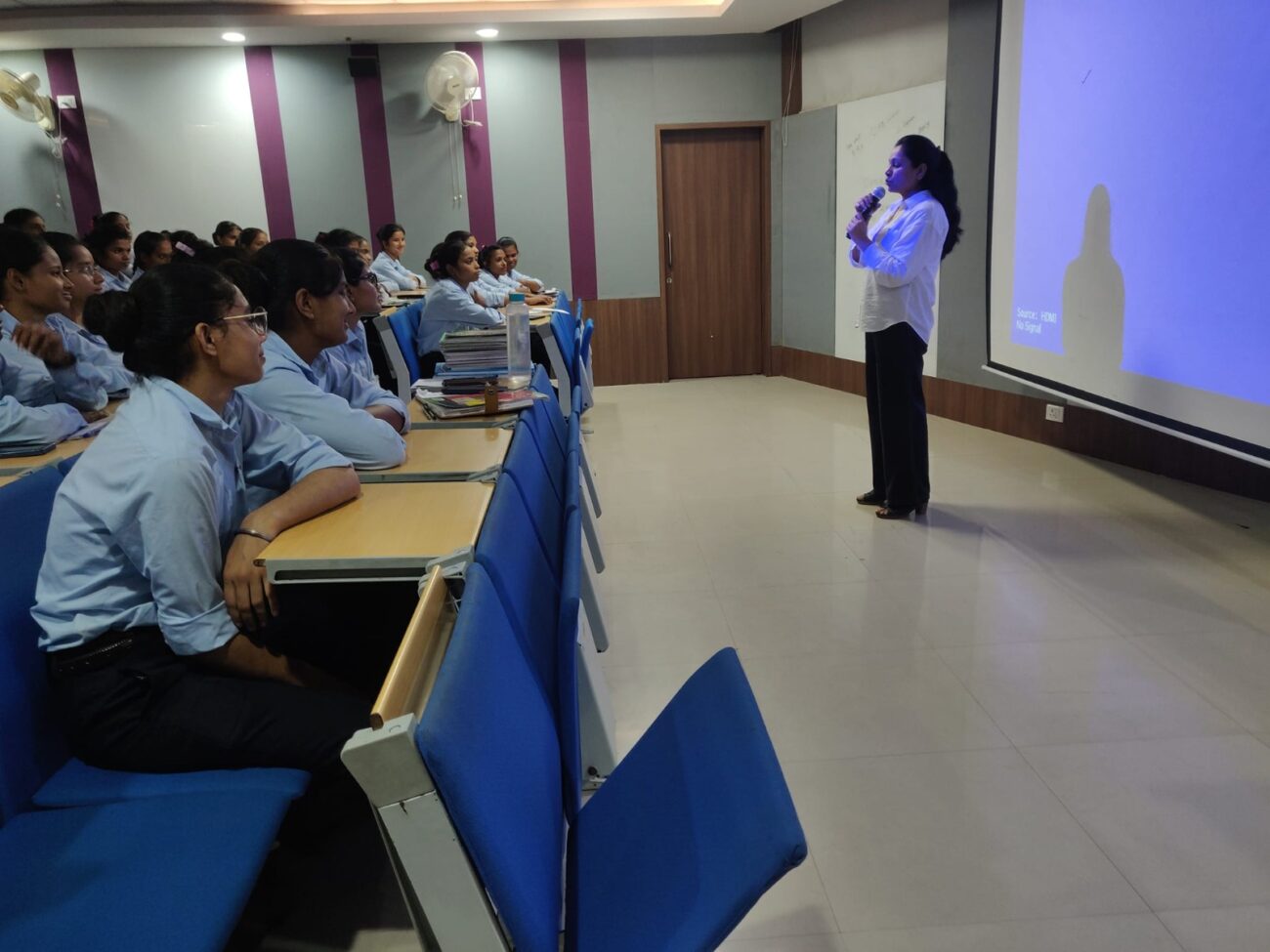SCA Overview:
Ventricular tachycardia or Ventricular fibrillation popularly known as Sudden Cardiac Arrest (SCA) is a leading cause of death worldwide. As per WHO census statistics mortality due to cardiac causes approximately 4280 out of everyone lakh people

Ventricular tachycardia or Ventricular fibrillation popularly known as Sudden Cardiac Arrest (SCA) is a leading cause of death worldwide.
As per WHO census statistics mortality due to cardiac causes approximately 4280 out of everyone lakh people die every year from SCA in India alone.
SCA Risk Markers:
People with heart disease are at varying risks for dying suddenly, but there are ways to markedly decrease that risk. Anyone with heart disease should discuss the risk of sudden cardiac arrest with their physician and talk about whether or not a referral to a heart rhythm specialist is appropriate for them. SCA risk factors include:
- Family history of SCA
- Myocardial Infarction
- Heart failure
- Low ejection fraction
- Dizziness or fainting
- Ejection Fraction (EF) below 35%.
Treating SCA
After a cardiac arrest there are four to six minutes before brain death and subsequent imminent death. It can be reversed if cardiopulmonary resuscitation (CPR) is performed and a defibrillator shock is given within the first few minutes. Chances of survival reduce by 7-10 percent with every passing minute.
Cardiac arrest is reversible in most victims if it’s treated within minutes, but the only effective treatment is the delivery of an electrical shock, either with an automated external defibrillator (AED), or with a stopwatch-sized implantable cardioverter defibrillator (ICD).
An AED is a portable device used by emergency response teams or the general public to shock the heart, giving the heart a chance to restart normal electrical activity and resume beating effectively. However, if defibrillation is delayed by more than 10 minutes, the survival in adults is less than 5%.[1]
An ICD is a device implanted underneath the skin, usually near the collarbone. One or more wires, called leads, run from the ICD through the veins and into the heart. It continuously monitors the heart rhythm. If it detects an abnormal or fast heart rhythm, low or high energy shocks are sent to reset the heart to a normal rhythm. ICDs are proven to be 98% effective in treating dangerous arrhythmias that can lead to sudden cardiac arrest.[2],[3]
[1]National Heart, Lung, and Blood Institute. Sudden Cardiac Arrest. Available at: https://www.nhlbi.nih.gov/health-topics/sudden-cardiac-arrest. Accessed September 30, 2019.
[2]Zipes DP, Roberts D, for the Pacemaker-Cardioverter-Defibrillator investigators. Results of the International Study of the Implantable Pacemaker Cardioverter-Defibrillator: A Comparison of Epicardial and Endocardial Lead Systems. Circulation. July 1, 1995;92(1):59-65.
[3]Volosin, et al. Virtual ICD: A Mo del to Evaluate Shock Reduction Strategies. Presented at HRS 2010 (PO3-125).
Disclaimer: “Any and all the Information provided in the article are independent views expressed by Dr Vanita Arora (Director &Head: Cardiac Electrophysiology Lab & Arrhythmia Services) Max Healthcare Super Speciality Hospital, New Delhi for general overview and educational purposes only.”






